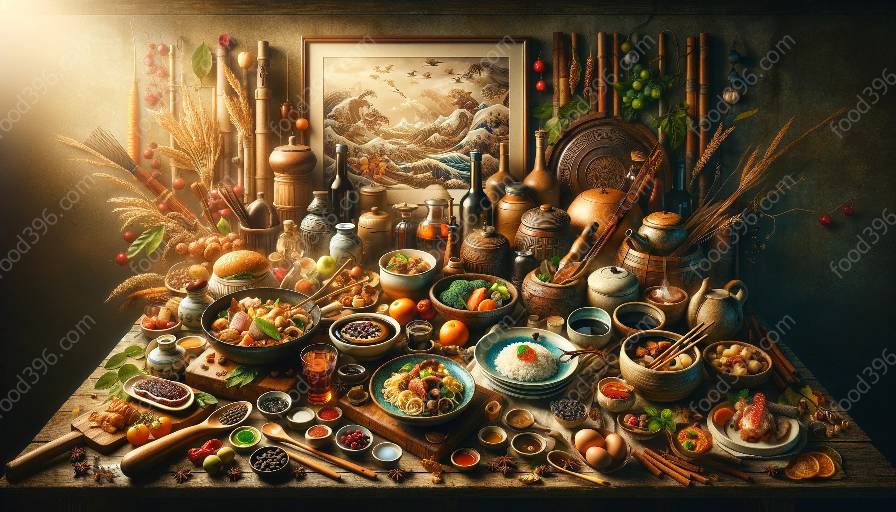Fusion cuisine represents a harmonious blend of traditional cooking methods and ingredients from diverse culinary traditions, resulting in innovative and exciting new dishes. This article aims to delve into the evolution of fusion cuisine techniques, exploring its history and how it has transformed culinary practices.
Origins of Fusion Cuisine
The origins of fusion cuisine can be traced back to the ancient Silk Road, where the exchange of goods and cultures between the East and West greatly influenced cooking techniques and ingredient use. The fusion of culinary practices from different regions led to the creation of unique and diverse dishes that incorporated a variety of flavors and cooking styles.
As trade routes expanded, the blending of culinary traditions continued, giving rise to the fusion of European, Asian, African, and South American cuisines. This resulted in the integration of spices, cooking methods, and ingredients from different cultures, laying the foundation for modern fusion cuisine.
Historical Influences on Fusion Cuisine Techniques
Fusion cuisine techniques have been significantly influenced by historical events and the migration of people, leading to the exchange of culinary knowledge and practices. For example, the colonization of countries by European powers introduced new ingredients and cooking methods to local cuisines, leading to the fusion of flavors from different regions.
The advent of globalization further accelerated the fusion of culinary techniques, as chefs and home cooks began experimenting with diverse ingredients and cooking styles. This resulted in the emergence of fusion cuisine as a distinct culinary movement, characterized by its innovative and eclectic approach to cooking.
Modern Innovations in Fusion Cuisine Techniques
In the modern culinary landscape, fusion cuisine techniques continue to evolve, driven by a spirit of creativity and experimentation. Chefs and food enthusiasts are constantly pushing boundaries, combining traditional and contemporary ingredients and culinary methods to create bold and unique dishes that reflect the diversity of global culinary traditions.
Moreover, the fusion of culinary techniques extends beyond the realm of fine dining, permeating into street food, home cooking, and international food festivals. This inclusive approach has allowed fusion cuisine to become more accessible and widespread, celebrating culinary diversity and innovation.
Relationship with Traditional Cuisine Techniques
While fusion cuisine techniques embrace innovation and cross-cultural influences, they also pay homage to traditional cooking methods and culinary legacies. Many fusion dishes are rooted in the foundation of classic recipes, which are reimagined and transformed through the integration of new ingredients and techniques.
Furthermore, the evolution of fusion cuisine techniques has sparked a renewed interest in traditional cooking practices, leading to a revival of heritage ingredients and culinary traditions. This symbiotic relationship between fusion cuisine and traditional techniques enriches the culinary landscape, bridging the gap between the old and the new.
Conclusion
The evolution of fusion cuisine techniques is a testament to the dynamic nature of culinary arts, showcasing the interconnectedness of global food cultures and the continuous innovation within the realm of cooking. By embracing diverse influences and redefining traditional culinary boundaries, fusion cuisine continues to captivate food lovers and contribute to the ever-evolving tapestry of world cuisine.

